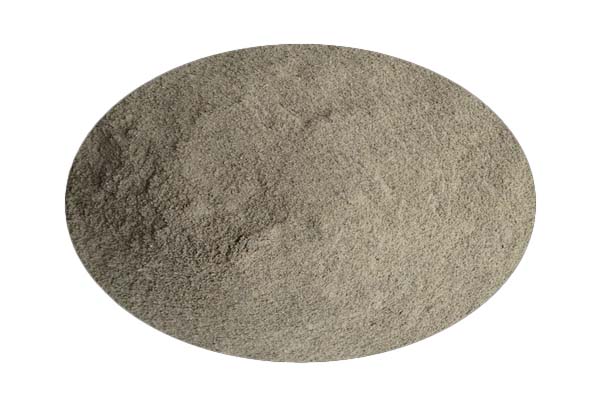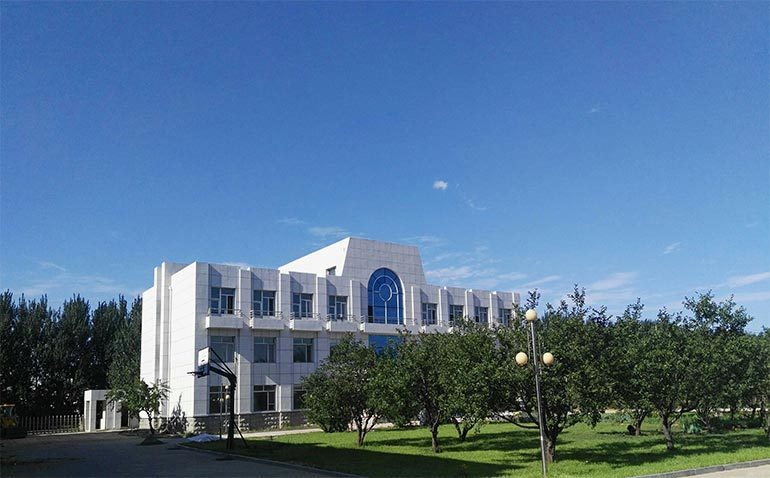Item | Specifications | |
Stability of pulp | √ | |
Ratio of bleeding rate,%≤ | 50 | |
Condensation time difference,min≥ | The initial setting | -90 |
The final setting | —— | |
Ratio of compressive strength,%≥ | 3d | 100 |
7d | 110 | |
28d | 100 | |
Penetration height ratio,%≤ | 30 | |
48h Water absorption ratio,%≤ | 65 | |
Corrosion of reinforcing steel | × | |
Restrained expansion rate% | In the water 7d≥ | 0.025 |
In air 21d≥ | -0.020 | |
Core Advantages
Shrinkage Compensation
Effectively reduces drying shrinkage and internal stress, minimizing cracks in concrete structures.
Improved Volume Stability
Enhances dimensional stability of concrete in the early and later stages of curing.
Enhanced Durability
Strengthens the structure against environmental and mechanical damage.
Excellent Compatibility
Works well with most cement types and admixtures, ensuring consistent results.
Eco-Friendly and Low Alkali
Low alkali content to reduce potential efflorescence and improve environmental performance.
Usage Instructions
Mix the expansion agent with cement and other additives during batching. Ensure thorough blending to achieve uniform distribution. Avoid overdosing to prevent excessive expansion.






